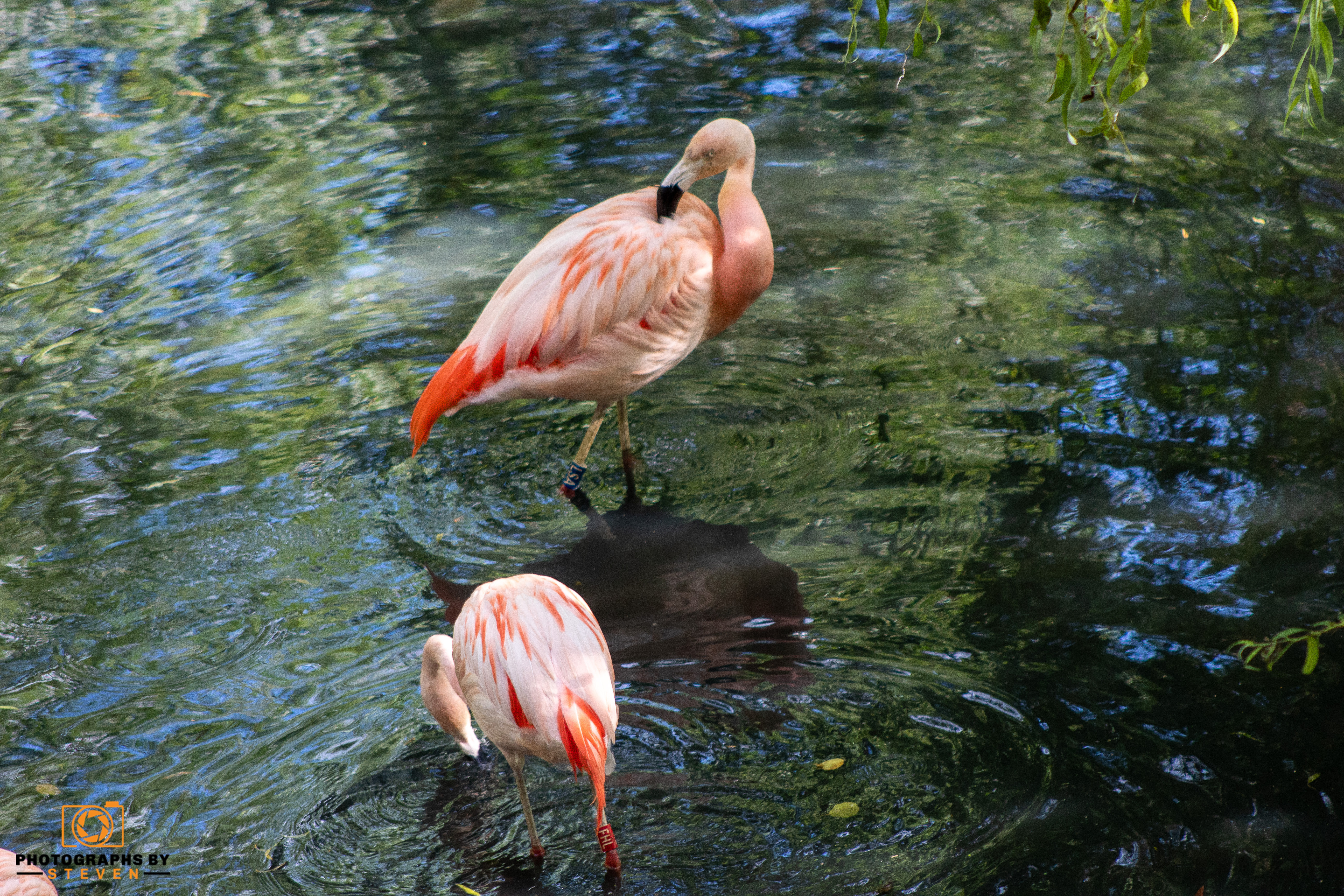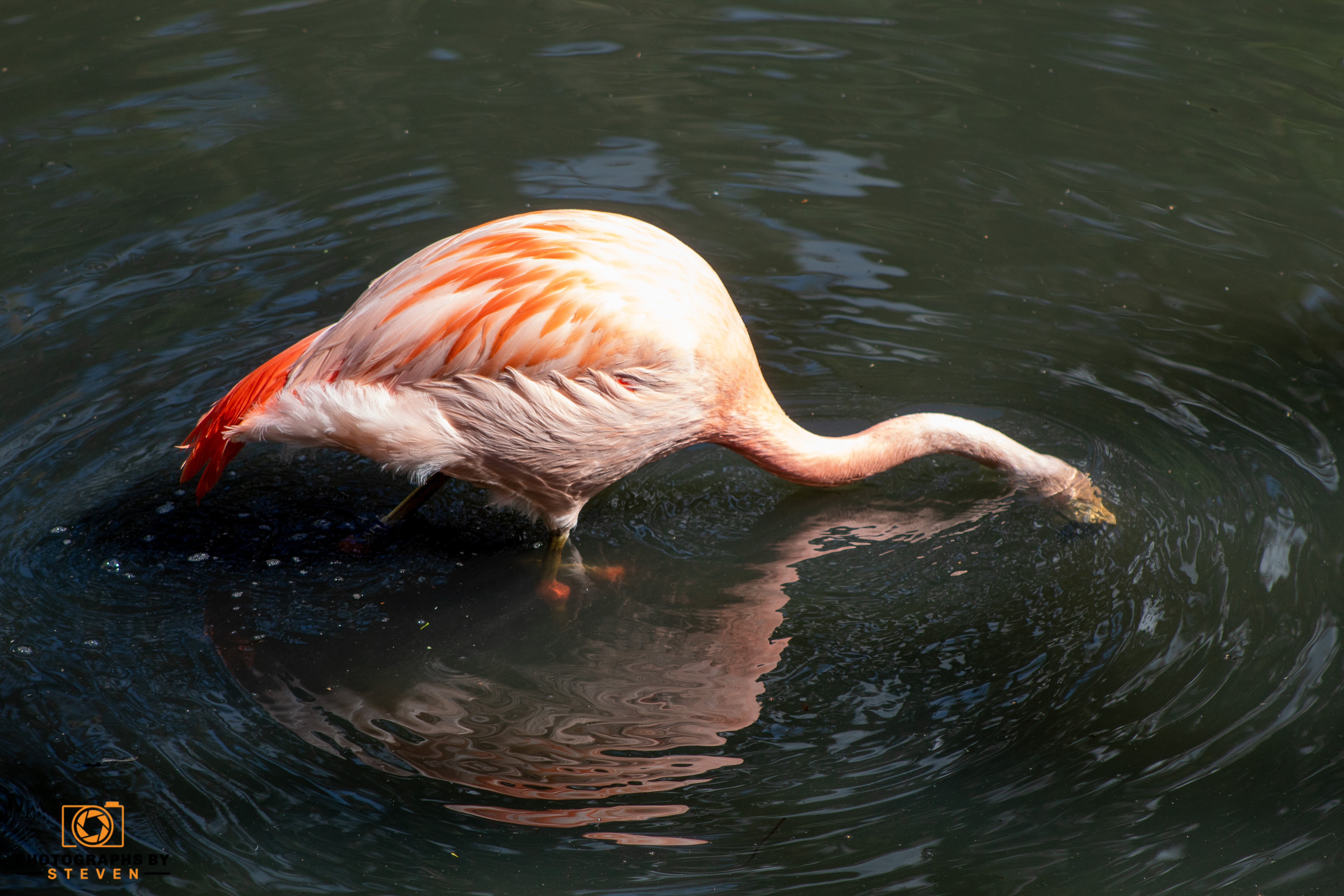Flamingos are colourful wading birds with long legs and vivid pink feathers. The birds are recognized for their brilliant appearance, and their name comes from a Spanish or Portuguese phrase that means "flame-colored." The flamingo's pink feathers are not a hereditary trait, despite being its most notable feature. Birds are born with a drab grey coloration.
Why do these birds become pink if it isn't in their DNA?

Flamingos are more accurately described as "you are what you eat" than humans. Flamingos devour other flamingos. Many plants generate carotenoids, which are naturally red, yellow, or orange colors. Carotenoids are the pigments responsible for the orange color of carrots and the red color of ripe tomatoes. They're also found in brine shrimp's microscopic algae diet. The pigments in algae and brine shrimp are metabolized by the flamingo's body, coloring pink feathers.
Flamingos kept in captivity are fed a special diet that includes prawns (a pigmented crustacean) or additives like beta-carotene or canthaxanthin; otherwise, they would be white or pale pink. Young flamingos have grey plumage that changes color depending on what they eat.
Carotenoids are found in foods that people consume. The molecules function as antioxidants and are necessary for vitamin A. Carotenoids that humans consume include beta-carotene in carrots and lycopene in watermelon. Still, most people do not consume enough of these compounds to influence their skin color. People who use canthaxanthin pills for sunless tanning (artificial tans) notice a change in skin color. Unfortunately for them, the color is a strange orange rather than a natural tan from melanin!
Flamingos are easily identified water birds due to their bright feathers and strongly hooked bills. Flamingos are social birds that can live in colonies of tens of thousands. Flamingos come in four different species, all of which are endemic to South America. These many species and smaller groups of flamingos dwell in other parts of the continent. As a result, flamingo colors vary depending on where they live and what they eat. Some flamingos have darker or brighter shades of pink, while others are pure white with orange and red undertones.

Flamingos cannot bend their knees backward, despite appearances! What you're looking at are their ankles, and they're just a little higher up their leg than you'd think. A flamingo uses less energy when standing on one leg than when standing on two legs, which is why they can perform such a fantastic balancing act while sleeping!



Leave me a comment
Thank you for reading my post, if you want to leave a comment, you can do so below.